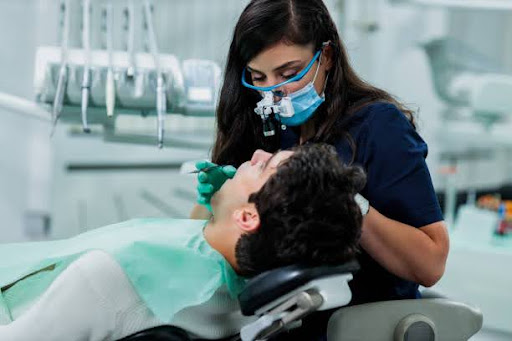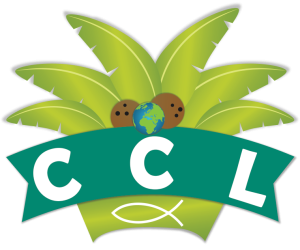
Overview
It is no surprise that infestations of mouth larvae can be quite troublesome and can become deeply disturbing. Different larvae invade our mouths and cause irritation, swelling, and sometimes health complications. This section of the page will talk about what is mouth larva and the prevalent types of oral parasites, as well as descriptive details about their traits, signs, and solutions.
Understanding Oral Myiasis: Infestation by Fly Larvae in the Oral Cavity
The disease that infests the oral cavity with the larvae of Fly species is orally occurring myiasis (mouth larva). Oral myiasis is generally fly-borne, including houseflies, blowflies, and fleshflies, as far as the animal culprit is concerned. The juvenile can be troublesome with pain and sometimes infection as they eat necrotic tissue, blood, and other dental waste. Oral myiasis communicates as pain, swelling, sensation crawling in the mouth, and maggots showing up in the oral cavity.
Draining of the mouth is the routine procedure for undermining the larva via Local anesthesia. The treatment may involve taking antibiotics and keeping oral health at a high level, which will help to stop the recurrence of the infection.
Caterpillar Larvae in the Oral Cavity
Plant swarms that occasionally engage some animals, people, and other things can infect cavities with cutter layer larvae. From this, they can reach rodent hair, which they use for laying their eggs there, from which hosts digest it, so they are usually found in areas that are contaminated with rodents. Many individuals may have these symptoms, like pain and swelling, and may not feed normally because caterpillar larvae are burrowing in the mouth.
The larvae of cuterebra should be surgically removed as a strategy against infestation in the mouth. Antibiotic use and promoting better wound care help wounds heal by preventing the release of bacteria.
Human Dermatobia
The oral cavity can acquire an infection of D. hominis, which people usually call human botfly parasites, when food or water is consumed that has previously been contaminated. The mouth larva, while devouring the skin and mucous membranes, cause worry, swelling, and maybe even infection as they go deeper. Dermatobia hominis infestation fluency symptoms will let you know the problem, i.e., a lump/swelling, pain, and a hole in the mouth where larvae breathe.
Larvae of Dermatobioton infestations require extra, special surgical removal. Antibiotics would prevent infection, and the cleansing of wounds is also necessary.
Hominivorax Cochliomyia
The screwworms of the genus Cochliomyia hominivorax cause cochliomyia infections to destroy the mouth by going through the mucous membrane, or episiotomy. First, feeding on living tissue can cause tissue damage, create discomfort, and make the skin swell If you face a mouth infestation with Cochliomyia hominivorax, you can end up suffering and getting sores and swelling, as well as larvae growing in that part.
Although the only treatment for blowfly larvae is a surgical intervention, mouth. It is possible to prevent infection if larva in mouth are taken out of the mouth, antibiotics are prescribed, and wounds are taken care of with proper wound healing.
Conclusion
Firstly, the larvae-infested mouth can be difficult, taste disgusting, and cause discomfort to the patients. Suppose any larvae are suspected of swallowing. In that case, you need to receive medical assistance without postponing it to rapidly get it over with without exposing your health to risks or causing any other issues. It entails precise diagnosis and treatment of larval infestation in the oral cavity, as is the case with other stages of oral cancer, as well as taking precautions. People can lower the risk of having issues in the mouth, which is beneficial to their welfare, by understanding the generic larvae that stay in the mouth.



















